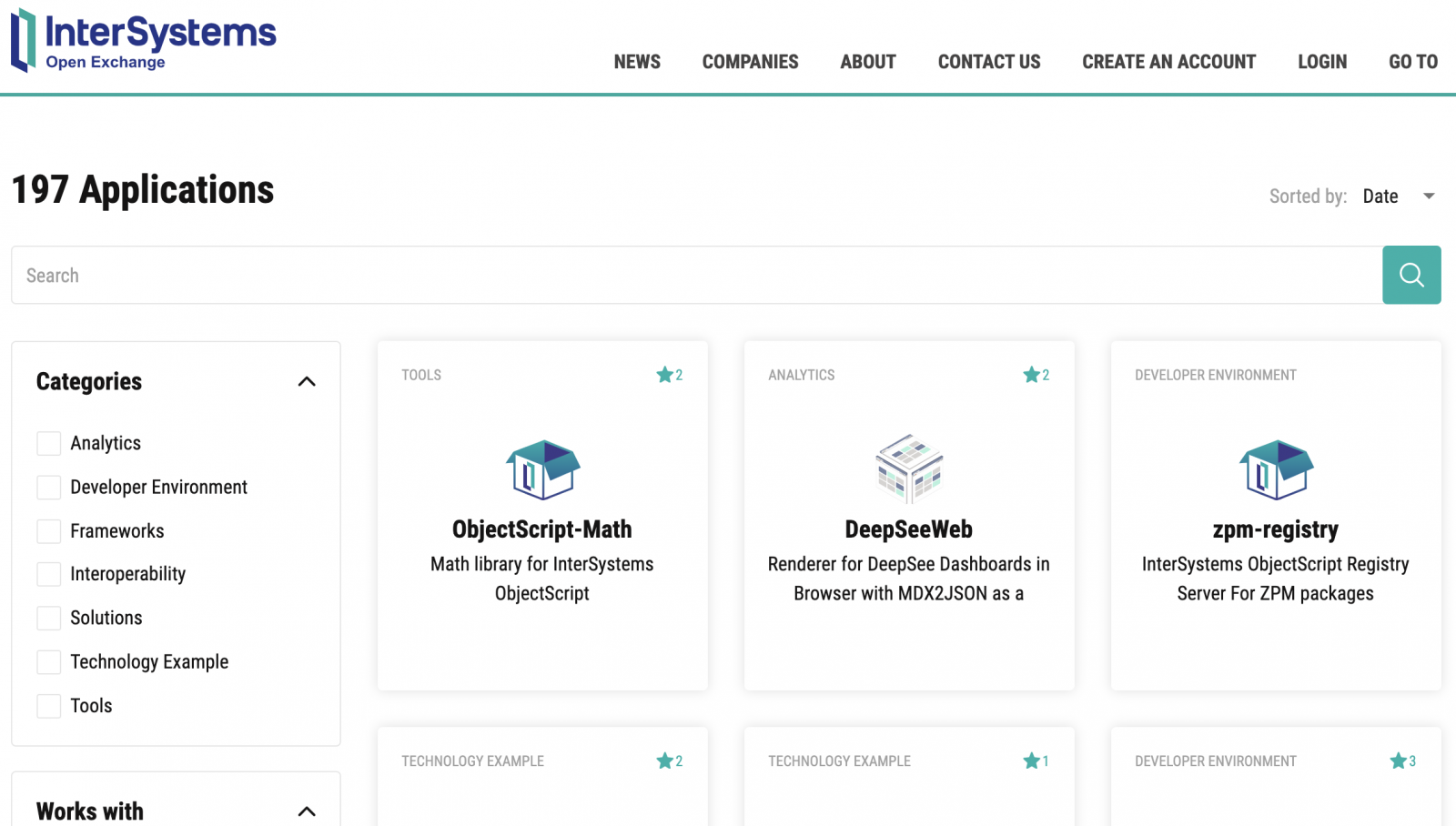Some readers of my previous article, Caché eXTreme for .NET - direct access to globals from C#, wondered if you could access information not just from the same instance in which you’re working, but also from another instance on the same computer, or from an instance located on another computer in the same local network. Some theorized, correctly, that this would be possible using the Enterprise Cache Protocol (ECP). In this article I’m going to show how it can be done.


 ) .
) .